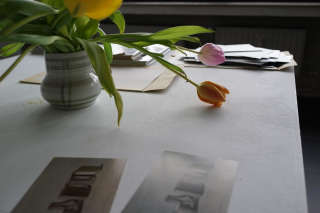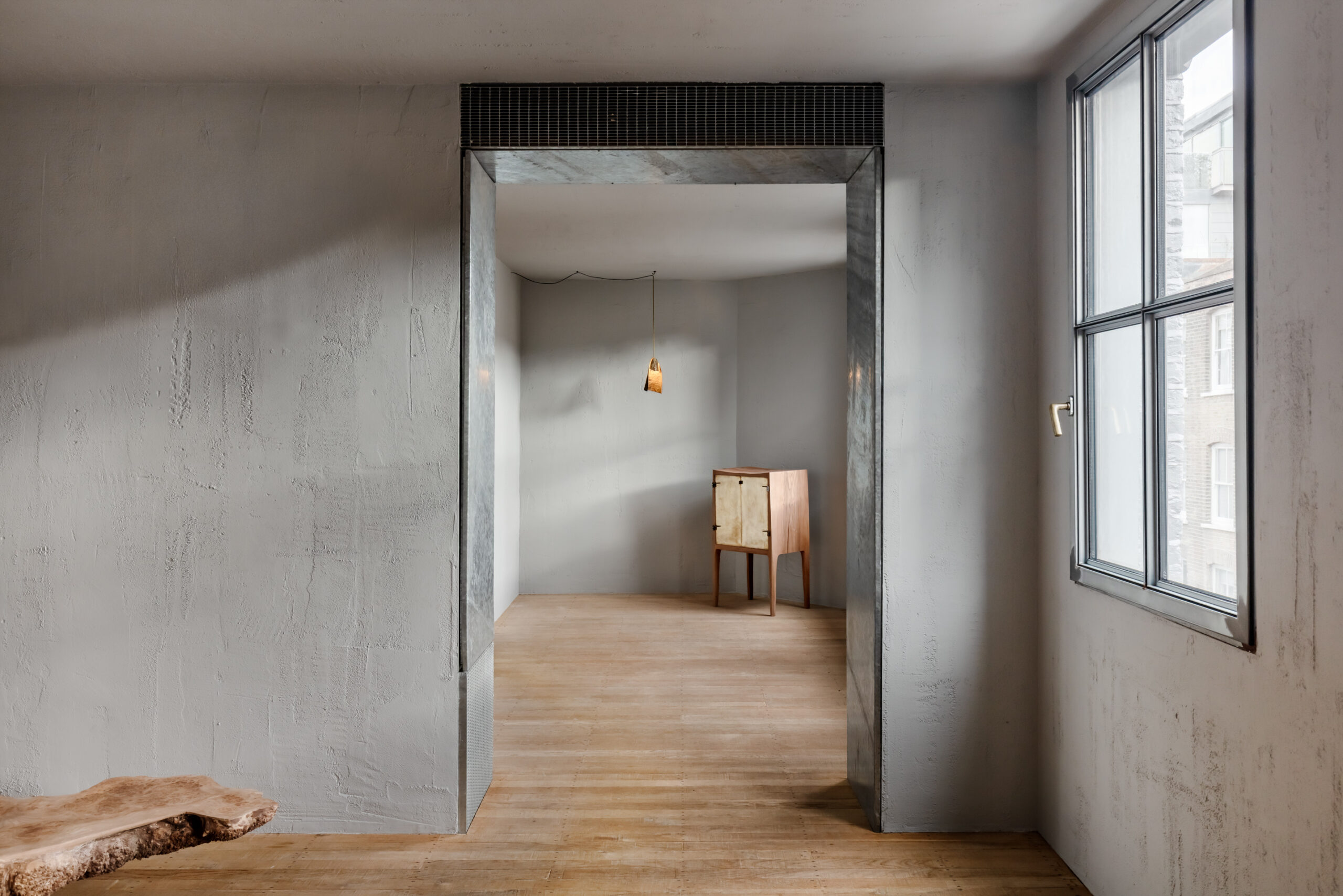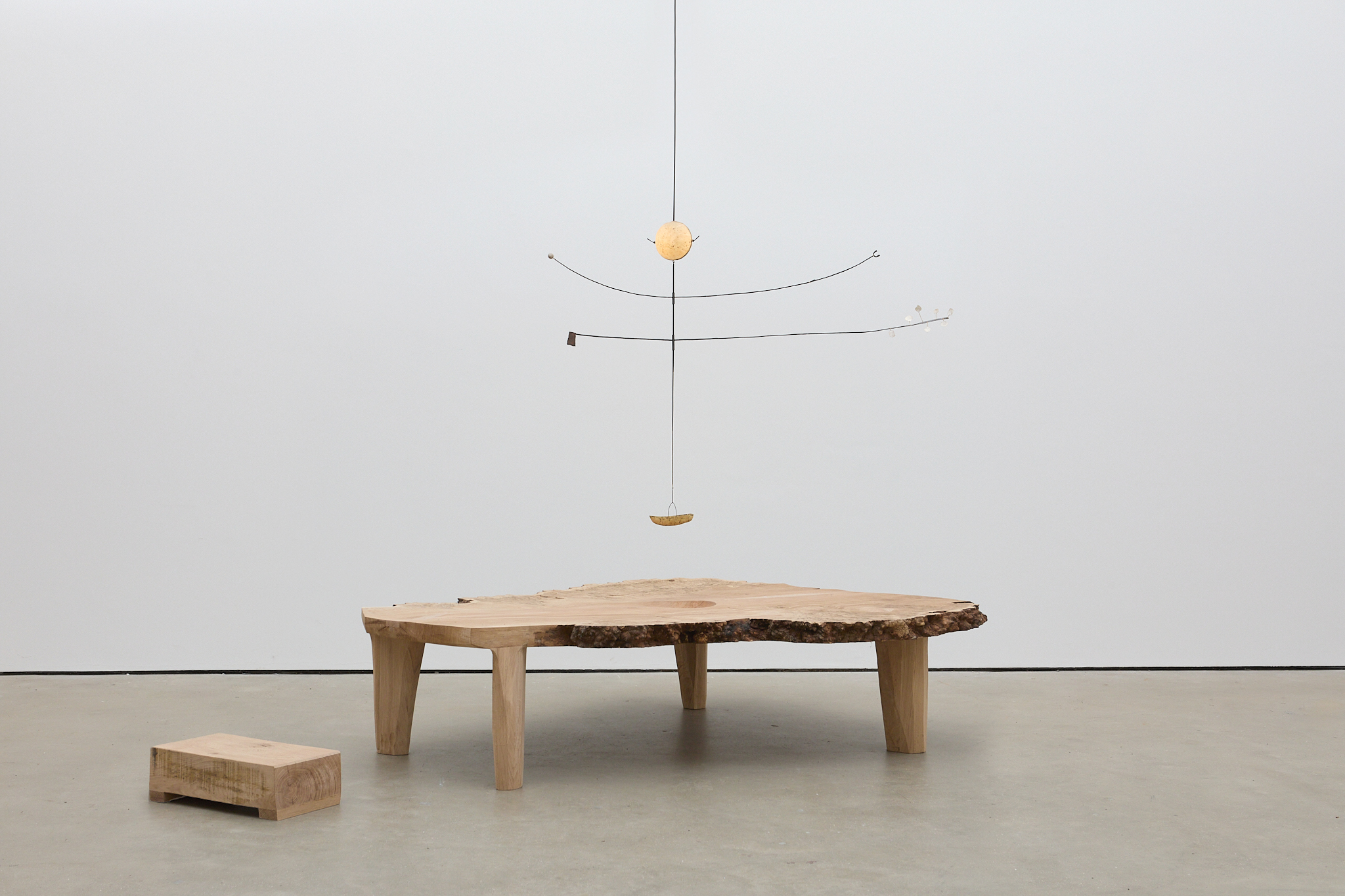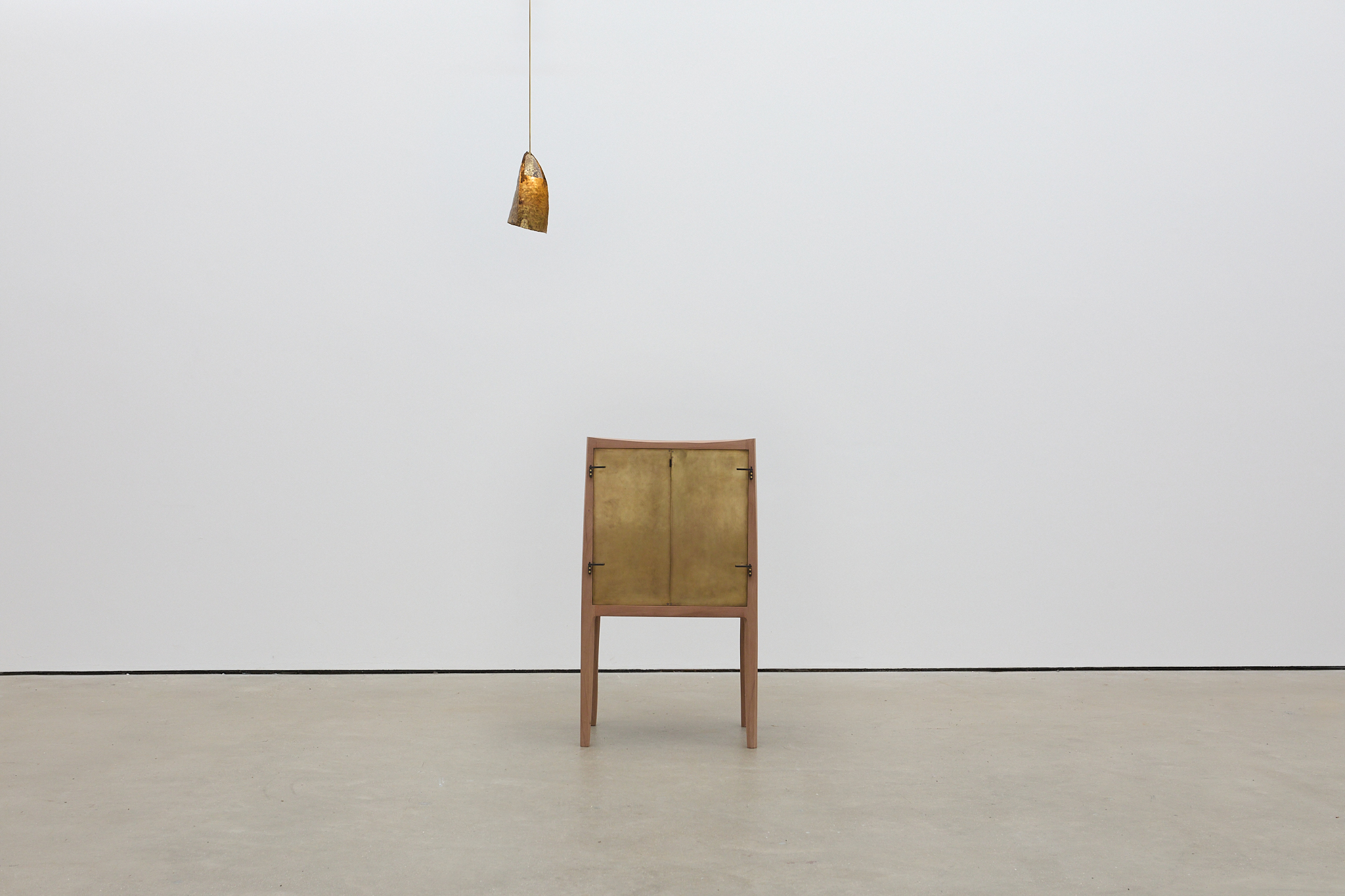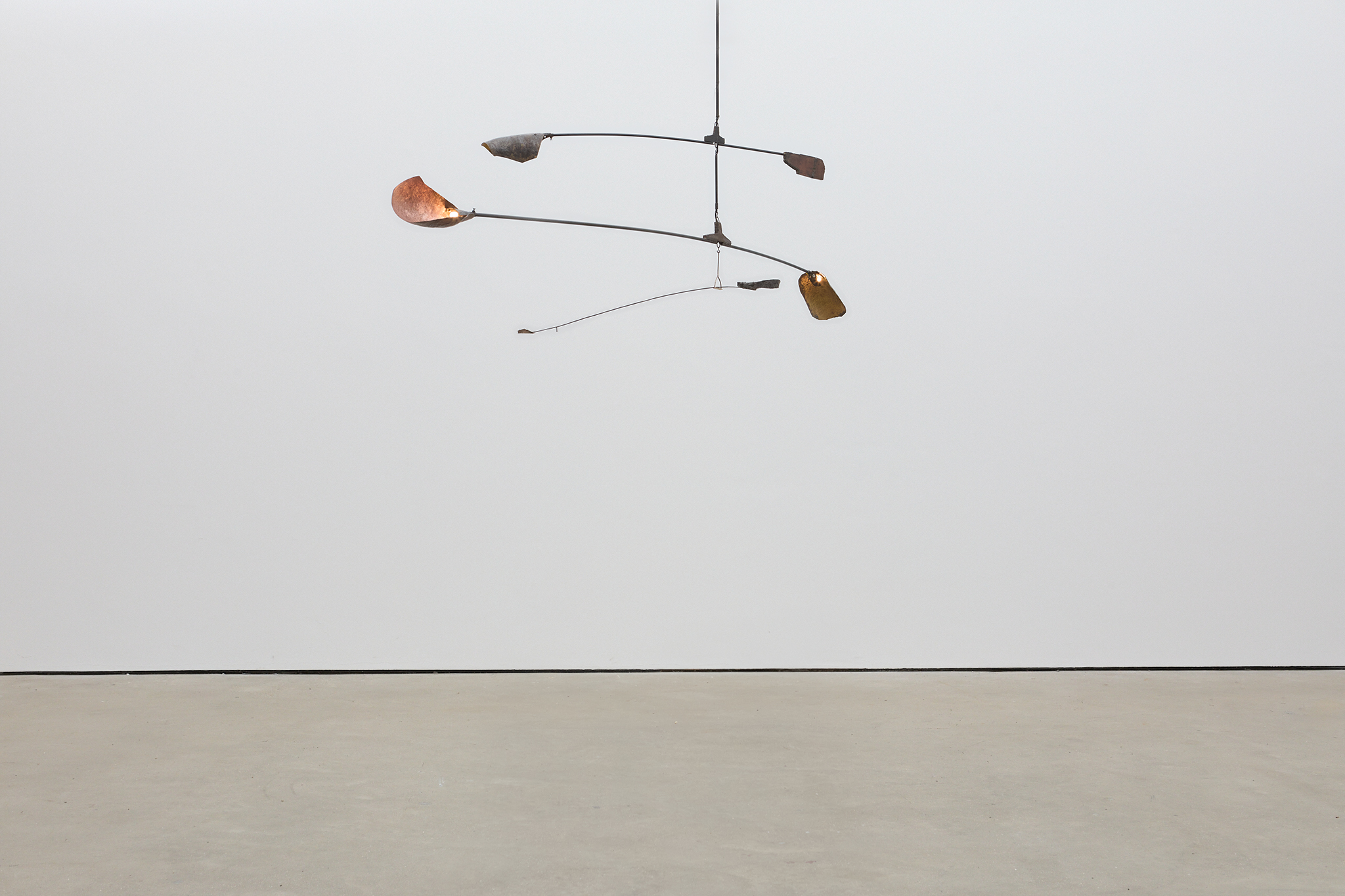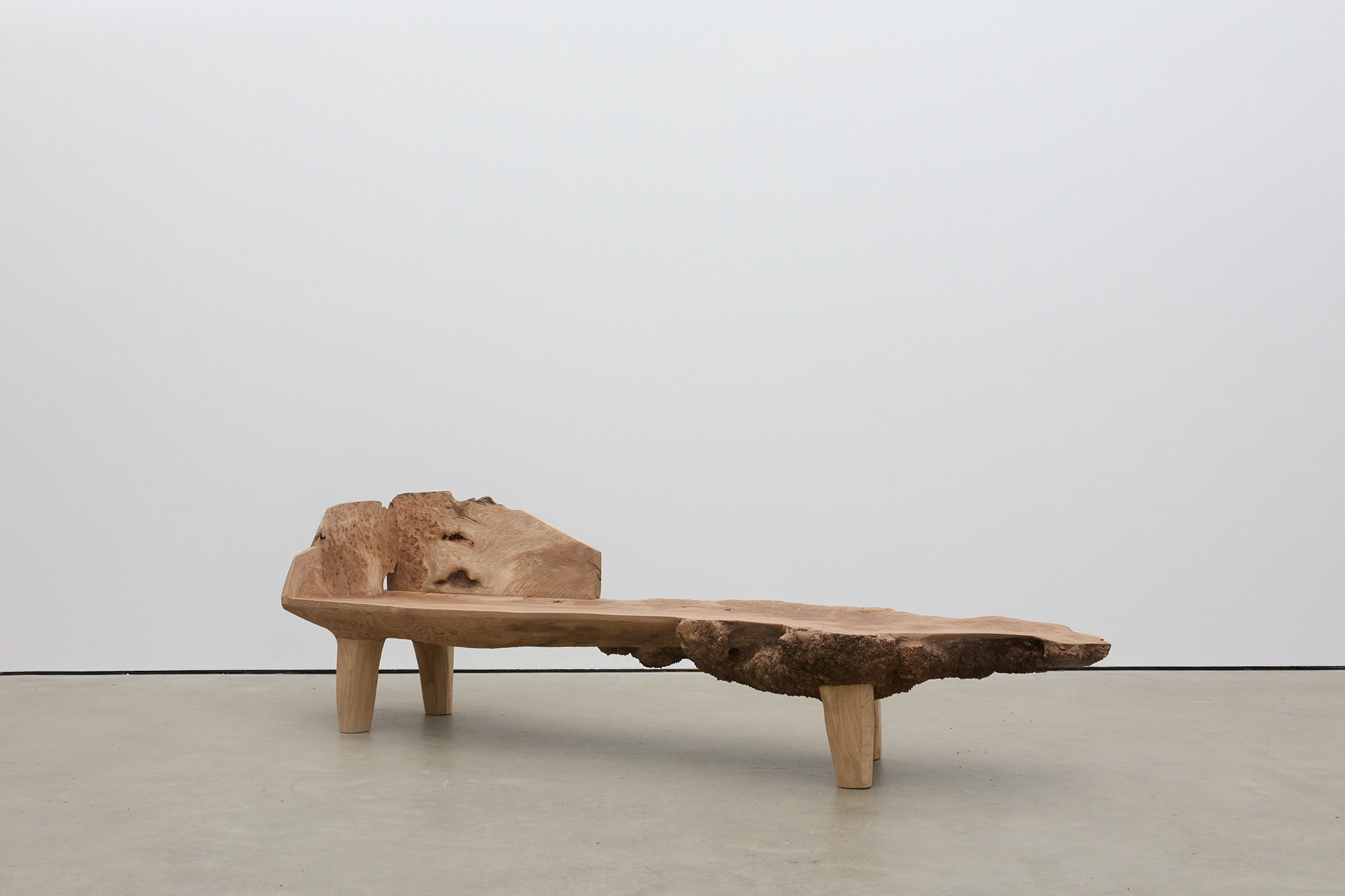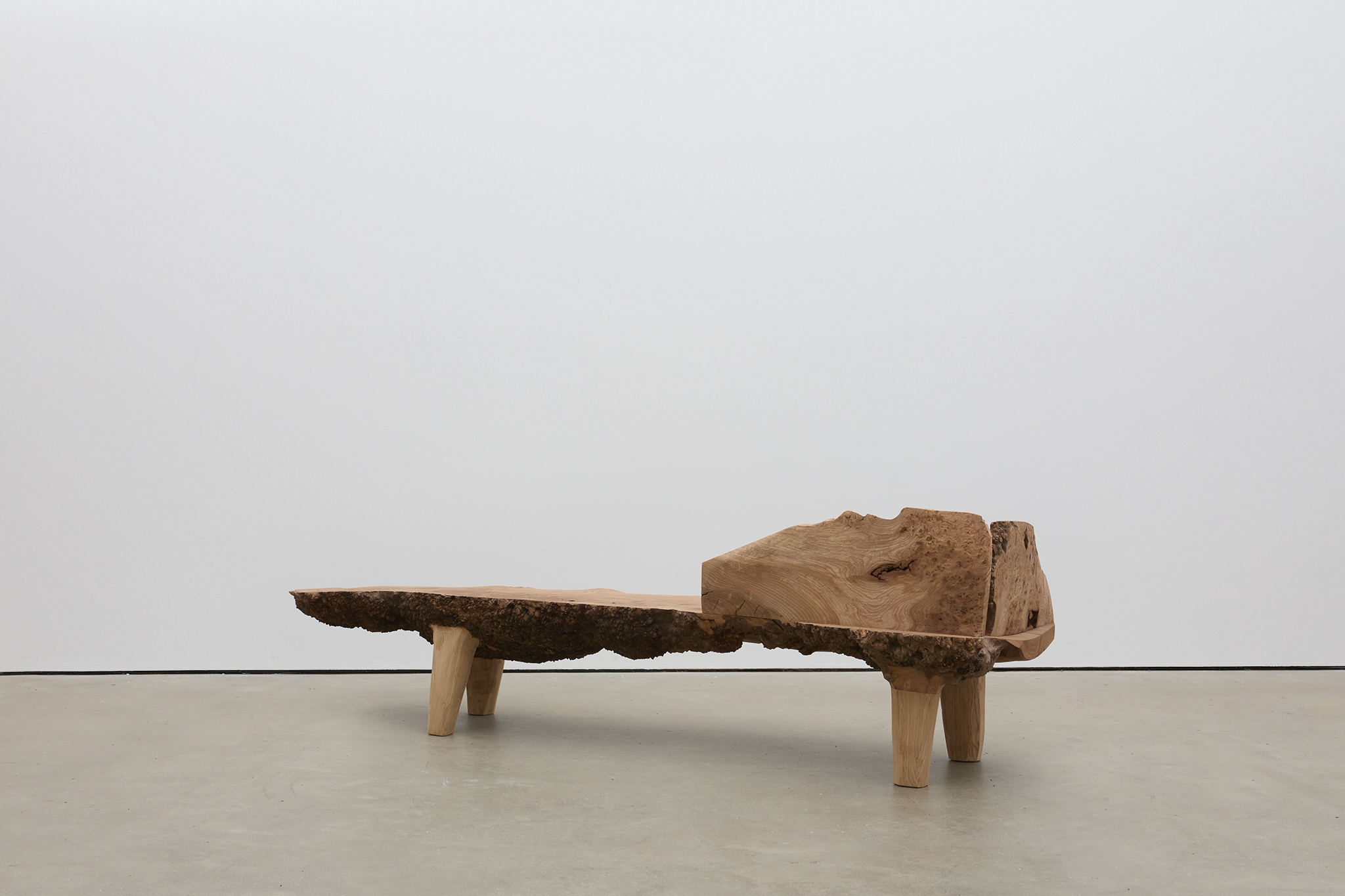Works With Context:
SASA Works
Alchemy and Form
Alchemy and Form
Alchemy and Form is the debut solo exhibition of SASA Works, a collection of furniture and interior objects rooted in the rawness and refinement of nature. The works are underpinned by a reverence for materiality, ritual, myth and meaning. Pieces emerge organically out of the organic matter from which they are made, using ancient and ancestral techniques. The stories they tell gesture down towards the earth and up at the cosmos, but are anchored always in the plane in which we exist now. Within this world, ‘alchemy’ is not a scientific but a spiritual pursuit. A journey inward, guided by process, presence and intuition.
Anu Over Hearth
A trinity of pieces forming a temple-like space, inviting stillness, quiet and meditation. Grounded and elemental, Hearth is a low table carved from a piece of 500-year-old Scottish oak, its surface defined by swirling burr markings. The wood used to make this piece grew at the very heart of the tree; the burr patterns on its surface reveal the way the weather moved through it as it grew, like river deltas traced across a landscape. An offering bowl is hollowed out at the table’s centre.
Above the hollowing, Anu. A kinetic light sculpture made from brass, steel and silver, suspended in a reverie of land and sky. With its hand-formed small brass boat and planetary orb crafted from fabric and beeswax, Anu is celestial, always ascending. It nods towards the myth of the Pleiades, seven star-sisters who travelled in a boat, and whose constellation has guided generations of sailors to complete safe crossings.
Visitors are warmly invited to take a seat on the hand-carved stool, place their hands on Hearth’s wooden surface, and look up and out of the windows above, finding an opportunity to commune with the sky. At the centre of this trinity of pieces, the individual experiencing them embodies a meeting point between the earthly and heavenly planes.
Alchemist and Altan
The Alchemist cabinet is imagined as a ritual container for the keeping of precious objects and talismans. Its contents can be concealed or revealed in a series of internal compartments, and one singular drawer. The cabinet is made from French walnut, a wood connected in folklore to resilience and protection, with a pair of brass doors guarding the objects inside. With their polished patina, these doors speak directly to alchemy, an ancient form of natural philosophy and an early predecessor of chemistry in which practitioners sought to turn common metals into gold. For the piece’s creator, Craig Bamford, alchemy is akin to a journey in search of an essential truth. It is a voyage within.
Above, Altan hangs suspended, casting its golden light down upon the Alchemist cabinet. A light sculpture made from hand-beaten brass, its name is drawn from the Turkish word for ‘gold’, echoing ideas about the most precious of metals, and the tension between the earthly and the divine.
Atai
Atai, a sculptural kinetic light piece, is an embodiment of balance. It hangs delicately, its three aspects moving mobile-like around their central anchor. On the lowest arm an ancient volcanic rock, sourced from Egypt’s expansive Sinai desert, hangs in mystical equilibrium with a single hand-beaten silver element, which reflects the light that falls down on it from above. The piece’s structure is made from steel, while its shades are formed from hand-beaten brass, copper and silver. The name, Atai, draws on the Swahili word for ‘eagle’, and words for ‘owl’ and ‘mountain’. In this structure, at once delicate and strong, the sky meets the Earth; the cosmic realm meets the domestic.
Bahari
At Atai’s side sits Bahari, a low, elemental resting piece which offers its sitter a moment both to be still and to reharmonise with their own inner world. As a daybed, Bahari calls for lying down, a posture in which we experience the support of the ground beneath us, and the call of the cosmos from above. Bahari is carved from oak and elm, a wood which contains a deep, watery energy. The swirling burr pattern seen elsewhere in the collection moves across its surface, showing both its strength and age and the meeting of sun and water within it. Bahari is the Swahili word for ‘ocean’, and this day-bed, as is true for all of the pieces in the show, invites its sitter to connect with the intrinsic material quality of the pieces they encounter; visitors are warmly invited to sit or place their hands on it, connecting with the wood itself.
Further Reading
context
